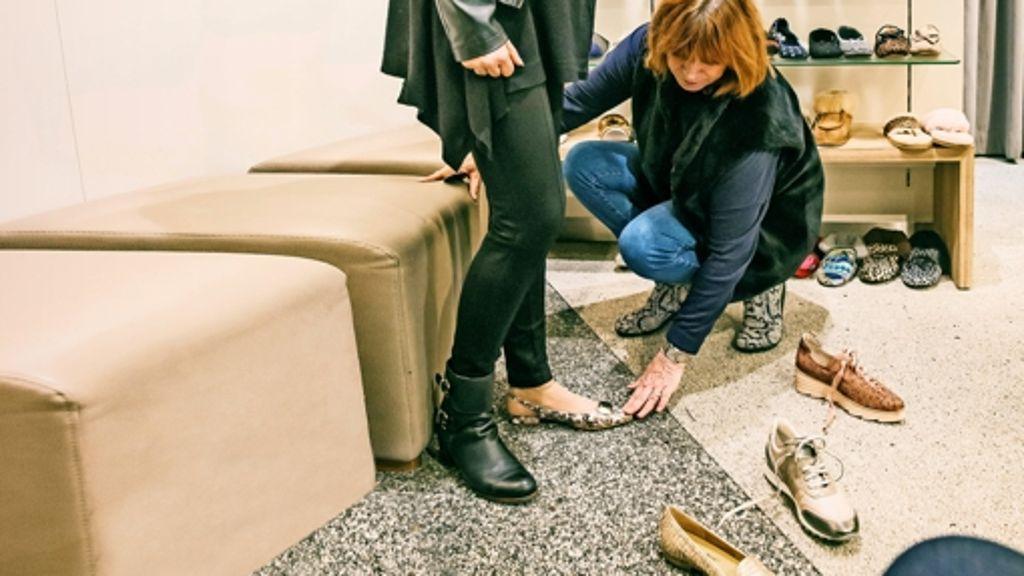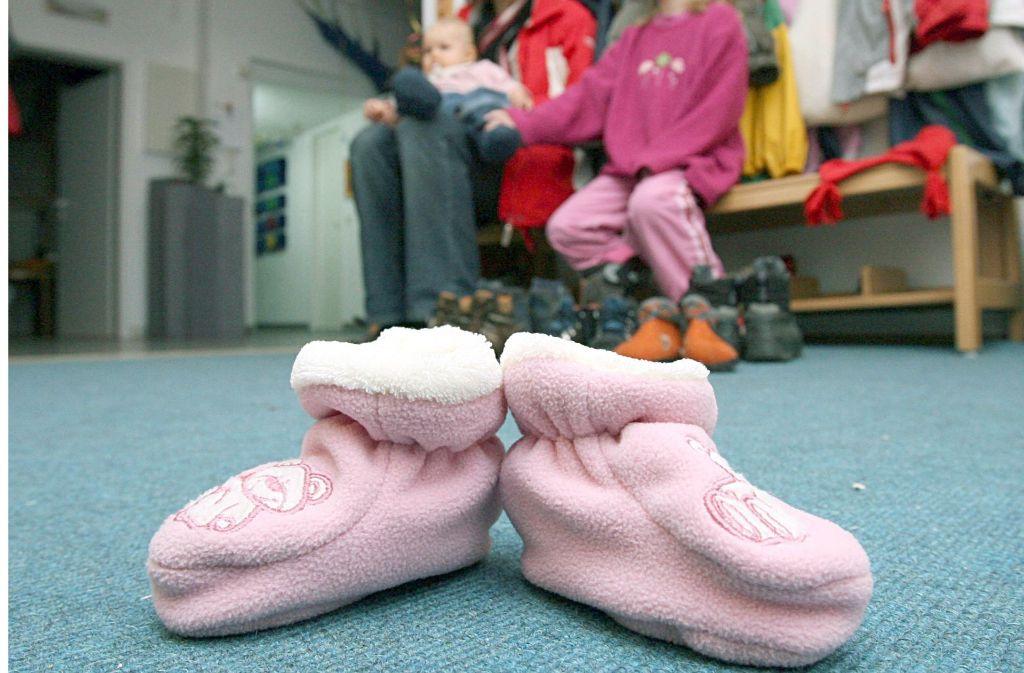Stuttgart - Even at birth, the feet are fully formed externally, but they are not yet destined to walk. A baby needs ten to 15 months to become a biped. But: "As delicate as they may look - baby's feet are already strong enough to carry the weight of the body," says pediatrician Berthold Koletzko from the Munich University Hospital and chairman of the Children's Health Foundation. At first the feet appear to be flat, but that has nothing to do with a flat foot: the impression is given only by a fat pad on the sole, which protects against cooling down, but also against overloading. It takes about the age of six for the arch of the foot to fully develop.
A real flat foot, also known colloquially as a rocking foot or ink blotter foot, is extremely rare. Some children are born with one or two sickle feet, where the front of the foot and toes point inward. Another malposition is the heel foot, in which the forefoot points steeply upwards. Esther von Richthofen, specialist in trauma surgery and orthopedics and senior physician in pediatric orthopedics at the foot center of the Sana Klinik Bethesda in Stuttgart then recommends a visit to the doctor. “The smaller the children are, the easier it is to treat the deformity. Soft tissue treatment with a special wrapping technique is usually sufficient.”
A clubfoot must be taken seriously
Clubfoot, on the other hand, is a serious foot deformity. It occurs statistically three times in every thousand babies, with twice as many boys as girls being affected. It is a complex, three-dimensional malformation of the foot. Treatment should begin shortly after birth.
However, the widespread belief that the very first shoes are particularly important for children is a mistake: "Shoes are not necessary for the healthy development of the feet," says Berthold Koletzko. Rather the opposite is the case: “Shoes prevent the feet from feeling and gripping. As a result, the child is deprived of important sensory stimuli and sensations and thus additional perception impulses for its brain.”

It is best to let the child run barefoot through the apartment
So there is no need for baby walkers, nor slippers: pediatric orthopaedists advocate letting the child walk around the house on their own soles, i.e. barefoot. On cold floors, socks with rubber knobs are a good idea to prevent slipping.
In fact, the condition of many children's feet only deteriorates when they learn to walk and start wearing shoes: by adulthood, around 60 percent of people will have foot and posture problems. In an Austrian study, for example, the position of the toes in kindergarten children was examined. The researchers found that only 24 percent of the young children examined had straight big toes.
Most of the big toes were already bent in the direction of the other toes. In the advanced stage, this can lead to a painful misalignment of the big toe, medically known as hallux valgus. This can often only be corrected surgically. The authors of the study soon found the reason: they saw a clear connection between shoes that were too small and crooked toes.
Shoes must be soft, light and flexible
But shoes not only have to fit, they also have to be soft, light and flexible, says Esther von Richthofen, a pediatric orthopedist from Stuttgart. Under no circumstances should they constrict your feet: “The right width is also important. For example, a rather fleshy foot needs a different shoe than a narrow, delicate foot.”
Buying shoes is not an easy task for parents, because you cannot rely on the information provided by the child: children's feet are still very flexible and can also be squeezed into shoes that are five sizes too small. Children also often do not notice when they are wearing the right shoe on the left foot and vice versa. It doesn't hurt them because the nerves in their feet aren't as developed as they are in adulthood.
Not a good idea: let the child grow into shoes
But buying shoes that are too big – in the hope that the child will eventually grow into them – is also not recommended: Then they slip forward in the shoes, the toes are squashed and the foot slips out of the shoe. In addition, shoes that are too long prevent the feet from rolling. "The children claw their toes to hold on to their shoes," says orthopedist Esther von Richthofen. "Since they are still in the learning phase, an incorrect gait pattern develops."
The worry of finding the right shoes for growing feet accompanies parents for many years: girls' feet generally grow until menstruation begins; boys' feet experience another significant growth spurt during puberty. Only at the age of 18 or 19 do their feet reach their final size.
computer










How to get the perfect look for Cos...
Test winner at Stiftung Warentest:...
Cream for Rosacea: The Best Creams
Dry elbows: This is how brittle ski...